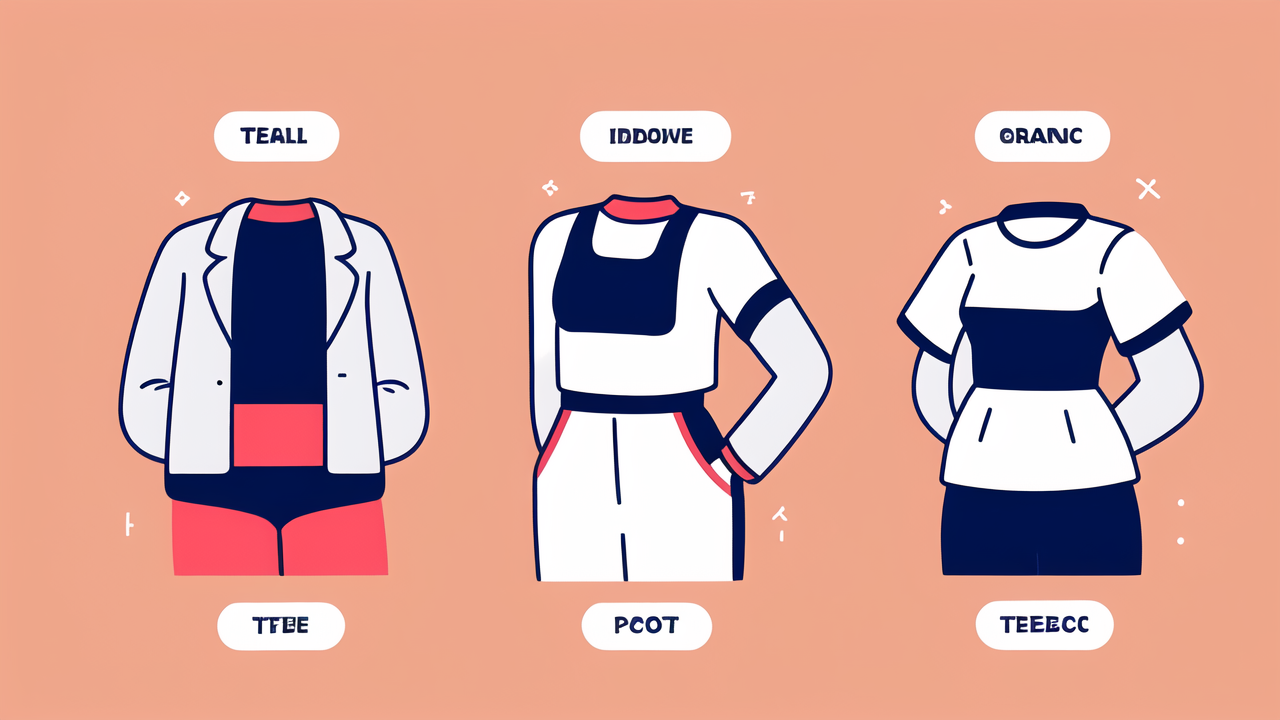Understanding the Evolution of Smart Suits and Wearables
The Emergence of Smart Fashion
Smart fashion has come a long way in recent years. It all started with simple fitness trackers. These devices could count steps and monitor heart rate. Now, we have clothes that can do much more.

Smart suits and dresses can change color or pattern with a tap on your phone. Some can even adjust their temperature based on the weather. This tech isn't just for show. It's changing how we think about clothes.
The rise of smart fashion is driven by our love for tech and comfort. People want clothes that do more than just look good. They want clothes that can enhance their daily lives. This demand has pushed designers to think outside the box.
Technological Advancements in Clothing
The tech behind smart clothing is always improving. We now have fabrics that can conduct electricity. These allow for seamless integration of tech into clothes. Some materials can even harvest energy from body heat or movement.
Sensors are getting smaller and more powerful. They can now track a wide range of body metrics. This includes things like posture, muscle activity, and stress levels. All this data can help people live healthier lives.
Another big advance is in washable electronics. Early smart clothes were hard to clean. Now, many can go right in the washing machine. This makes them much more practical for everyday use.
The Impact of Wearables on the Apparel Market
Wearables are shaking up the clothing industry. Traditional brands are racing to keep up with tech companies. This competition is driving innovation and new partnerships.
The market for smart clothing is growing fast. It's expected to be worth billions in the next few years. This growth is attracting investors and entrepreneurs. They see the potential for big profits.
But it's not just about money. Wearables are changing how we shop for clothes. People now consider tech features alongside fit and style. This shift is forcing retailers to rethink their strategies.
The Role of Smart Fabrics in Enhancing Consumer Experience
Personalization and Body Metric Tracking
Smart fabrics are taking personalization to a new level. They can track your body measurements in real-time. This means clothes can adjust to fit you perfectly throughout the day.

Some smart suits can monitor your vitals. They track things like heart rate, breathing, and body temperature. This data can help you stay healthy and perform better at work or in sports.
There are even fabrics that can sense your mood. They might change color or pattern to match how you feel. This adds a whole new dimension to personal expression through fashion.
Integrating AR and VR into Shopping
Augmented and virtual reality are changing how we shop for clothes. With AR, you can see how an outfit looks on you without trying it on. This saves time and makes online shopping easier.
VR takes this a step further. It can put you in a virtual store. You can browse and try on clothes in a 3D space. This gives you a more immersive shopping experience from home.
These technologies also help with sizing. They can create a 3D model of your body. This ensures a better fit when you order clothes online. It could mean fewer returns for retailers.
The Future of Fashion in the Digital Age
The future of fashion is digital and connected. We might soon have clothes that can access the internet. Imagine a jacket that can display messages or show your social media feeds.
Smart fabrics could also help with sustainability. They might be able to clean themselves or repel stains. This could make clothes last longer and reduce waste.
We may even see clothes that can change their properties. A single item could transform from a winter coat to a summer shirt. This adaptability could revolutionize our wardrobes.
Navigating the Regulatory and Ethical Considerations of Wearable Clothing
Protecting Consumer Data and Privacy
As clothes get smarter, they collect more data about us. This raises important privacy concerns. Companies need to be clear about what data they collect and how they use it.

There's also the risk of hacking. Smart clothes could be a new target for cybercriminals. Makers of these clothes need to prioritize security. They must protect users' personal information.
Consumers should have control over their data. They should be able to choose what to share. Clear guidelines are needed to ensure this right to privacy is respected.
Ethical Manufacturing of Smart Apparel
The production of smart clothing raises ethical questions. Many components come from rare materials. Mining these can have a big impact on the environment and local communities.
There's also concern about working conditions. The assembly of smart clothes can be complex. It's important to ensure fair wages and safe working conditions for all involved.
Companies need to be transparent about their supply chains. Consumers want to know their smart clothes are made ethically. This could drive positive changes in the industry.
Compliance and Regulations in the United States
The US is still catching up with regulations for smart clothing. There are questions about how to classify these products. Are they clothes? Electronics? Medical devices? The answer affects how they're regulated.
The FDA may need to approve some smart clothes. This could apply to items that make health claims. It's a complex area that's still being figured out.
Data protection laws also come into play. Smart clothes must comply with laws like CCPA in California. As the tech evolves, we'll likely see more specific regulations emerge.




Leave a comment
This site is protected by hCaptcha and the hCaptcha Privacy Policy and Terms of Service apply.